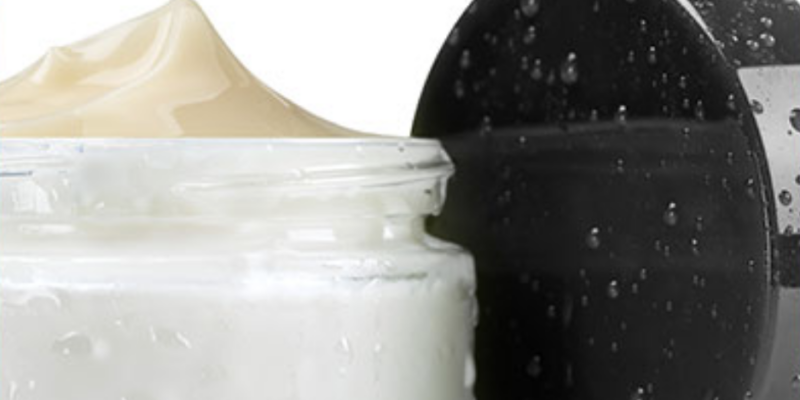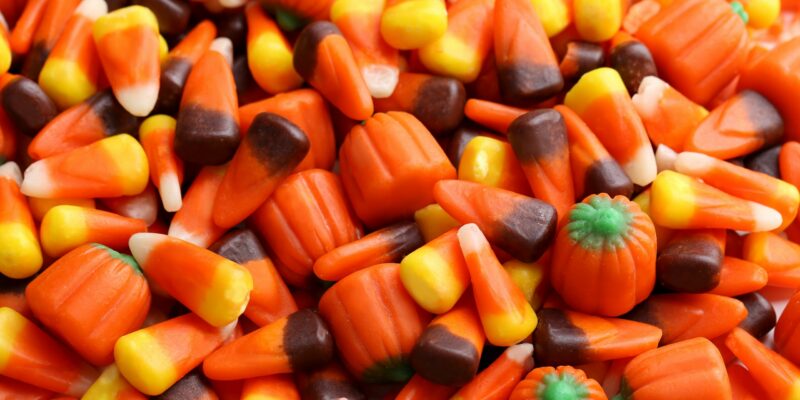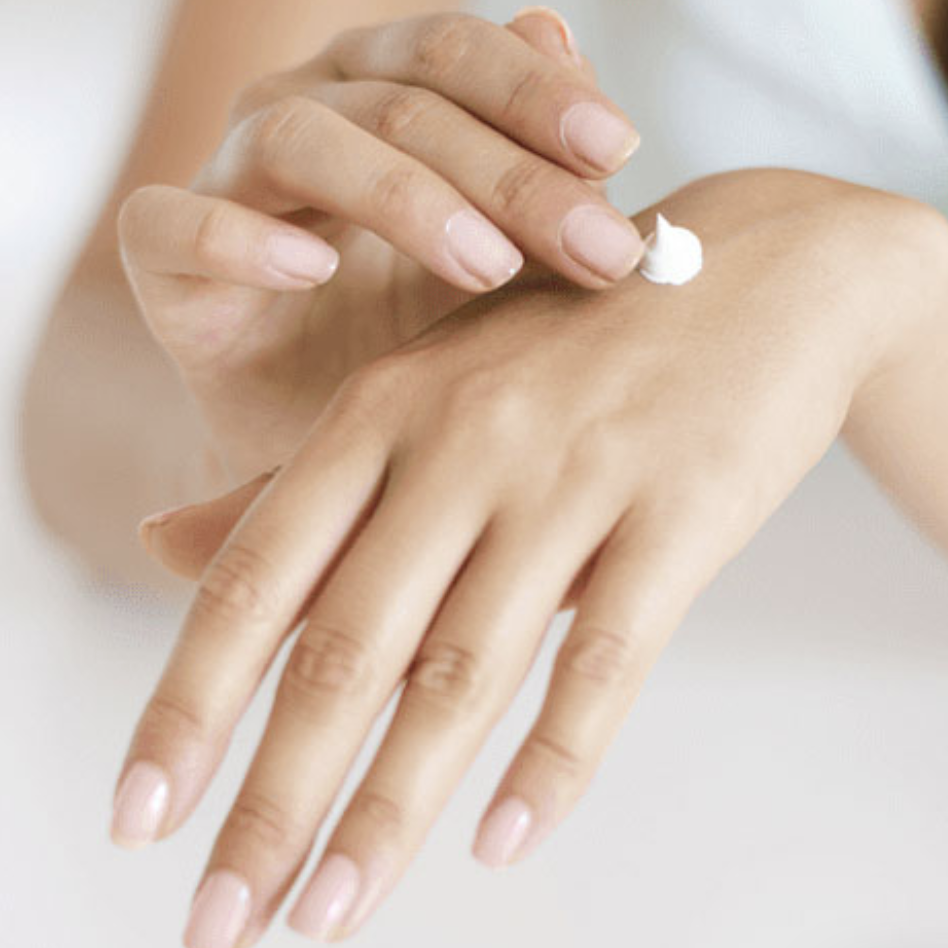Key Points/Overview
Made from vegetable oil (such as palm or coconut oil), cetyl alcohol is a common ingredient in cosmetic products or foods.
This chemical is often used as an industrial lubricant, and can even be a primary ingredient in fuels, chemical intermediates, and plasticizers.
The FDA has approved cetyl alcohol for use in cosmetic and food products.
Uses & Benefits

In personal care products like skin lotions and creams, cetyl alcohol serves as a thickening agent and emulsifier, to help keep product ingredients from separating. Because cetyl alcohol melts at temperatures higher than the average human body temperature, it is useful in cosmetic products like lipsticks, helping lip color adhere to the skin.

Cetyl alcohol is also a multipurpose food additive, used as a flavoring agent or in food decorations. For example, cetyl alcohol is an ingredient in colorful lettering or pictures on some types of candy or gum.

In industrial applications, cetyl alcohol is a primary ingredient in fuels, chemical intermediates and plasticizers and is used as a lubricant for nuts and bolts in manufacturing applications.

Safety Information
For nearly 30 years, a Cosmetic Ingredient Review (CIR) expert scientific panel has stated that cetyl alcohol is safe for use as cosmetic ingredients. In 2005, CIR considered available new data and reaffirmed its original safety conclusion.
A small percentage of people may experience contact allergies (red or inflamed skin) from exposure to emulsifier ingredients like cetyl alcohol in lotions or creams.
The U.S. Food and Drug Administration (FDA) has deemed cetyl alcohol can be used safely as both a direct and indirect food additive.


